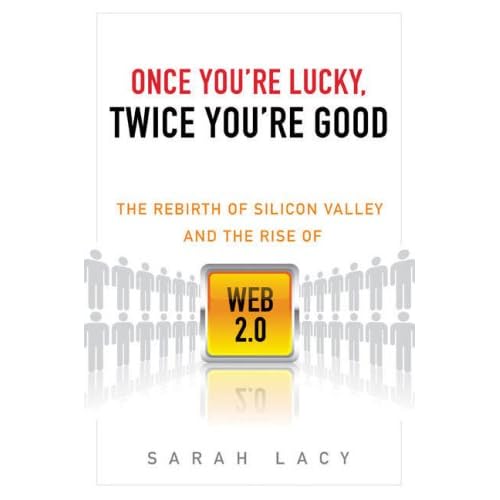
I spend a lot of time on this blog encouraging my readers to find ways to do exactly what Starbucks is attempting to do here. In an interactive world, it's critical that both corporations and organizations find ways to have conversations with their constituents in a meaningful and transparent way.
The Starbucks site, however, serves as a somewhat cautionary tale. By creating a online "suggestion box" without also imposing a clear structure, Starbucks risks missing out on hearing clear, focused comments from its users. The site is already being criticized for being "unwieldy" — with "lots of wayward ideas ... suggested [and] repeated numerous times in various categories." Some commentators have said "with so many ideas flooding the site, it makes it more difficult for Starbucks to listen and to follow-through on the suggestions."
The question to ask here is what exactly Starbucks was trying to do. It's often not enough to simply ask for feedback. Generally speaking, people that don't work at your company or organization don't spend that much time thinking about your business/cause unless they've had a very personal experience - whether negative or positive - with it. Asking for general feedback might solicit their individual story, but it probably won't generate much constructive insight. Instead, do your own homework. Create structured questions that can be thoughtfully answered by your supporters - and generate suggestions that can truly benefit your organization.
If your organization has a blog or a newsletter, ask your supporters one question each month and then report back the following month with the best 3 answers/suggestions. Be specific. Ask whether your organization's messaging could be updated for a multicultural audience. Ask what your organization could be doing to reach out to a neighboring city. Ask how to get young people involved as volunteers during their summer break.
Creating a conversation is only helpful if everyone stays on topic, and if you can hear what everyone's saying. If you make the effort to begin a conversation with your constituents, be sure to do so in a way that benefits them, as well as your organization.



















